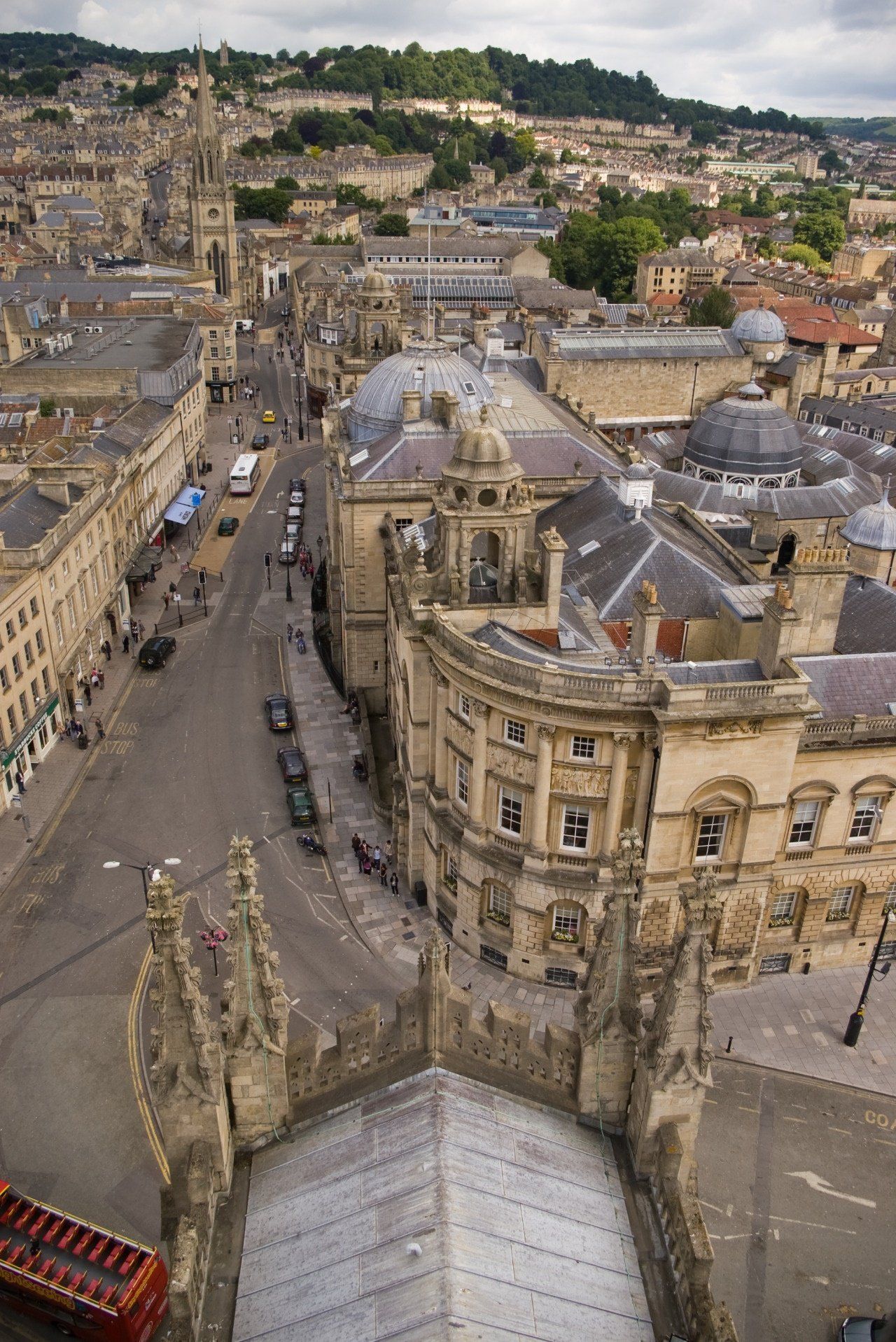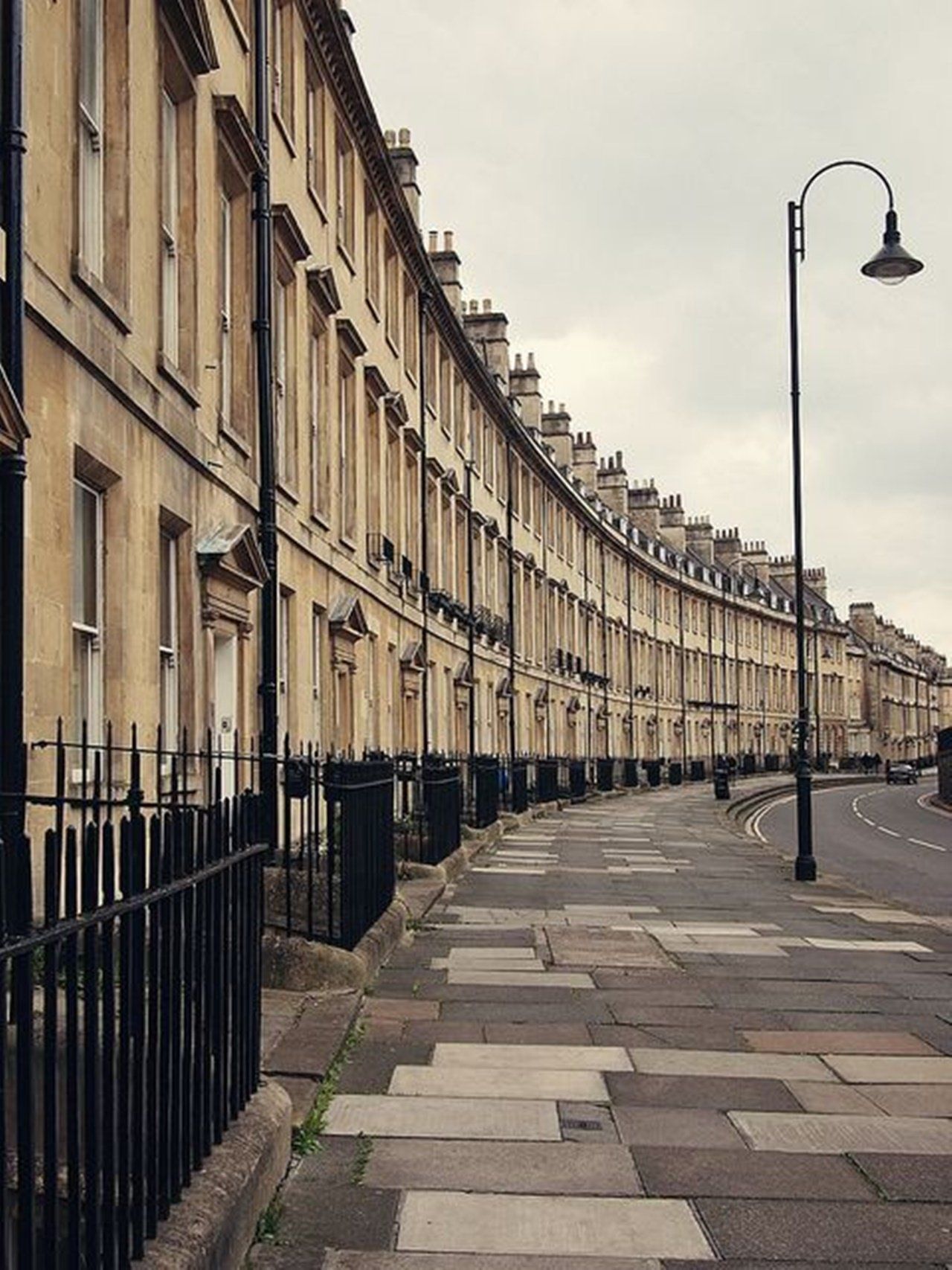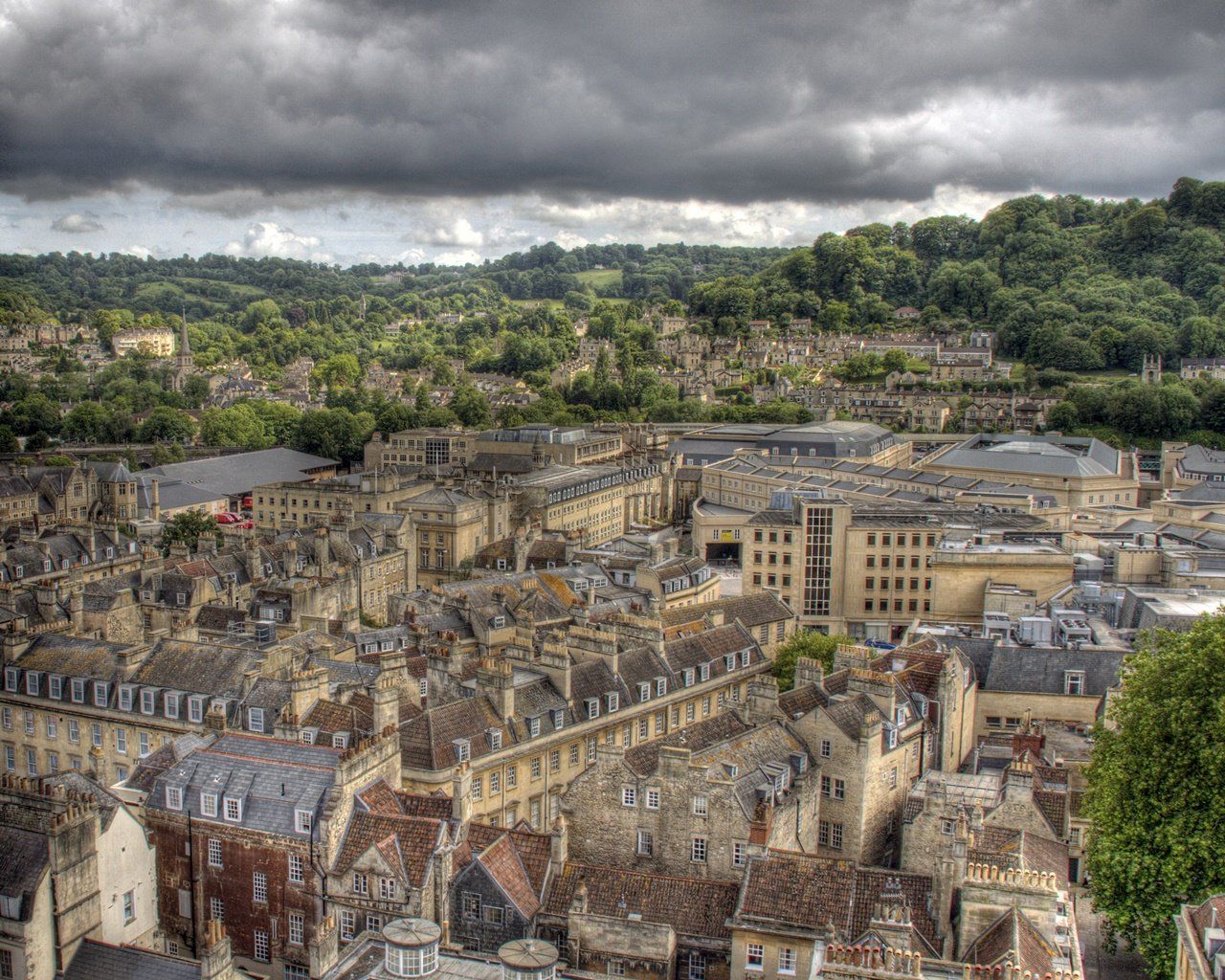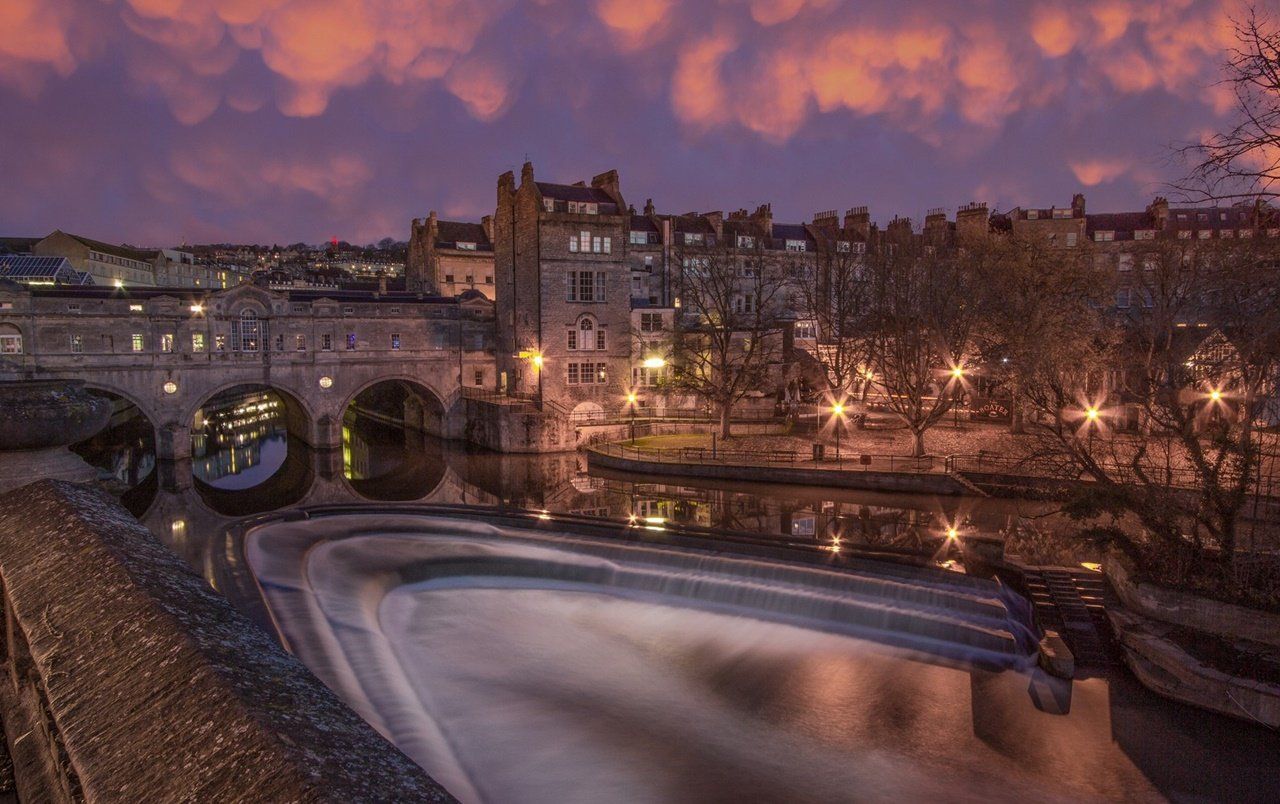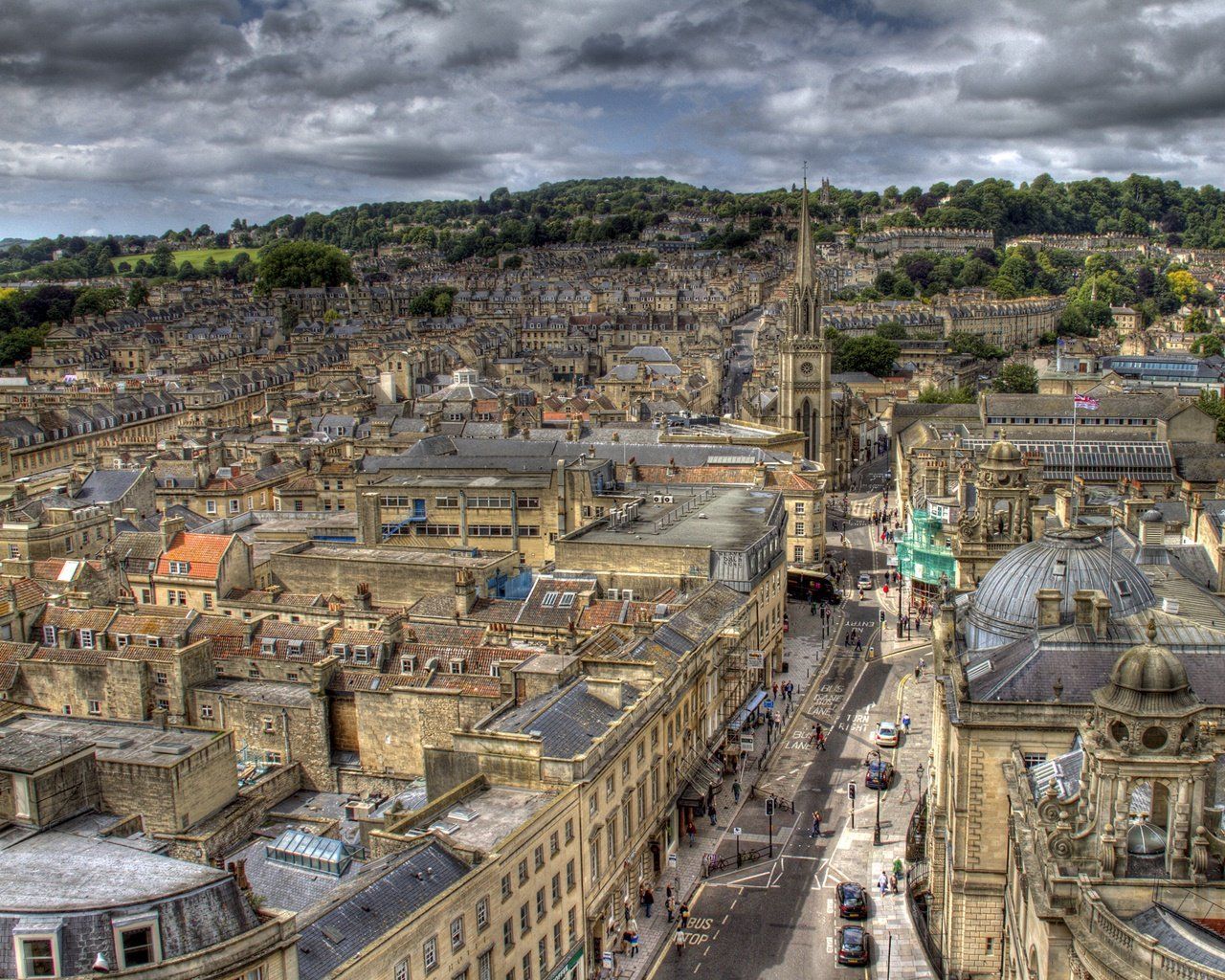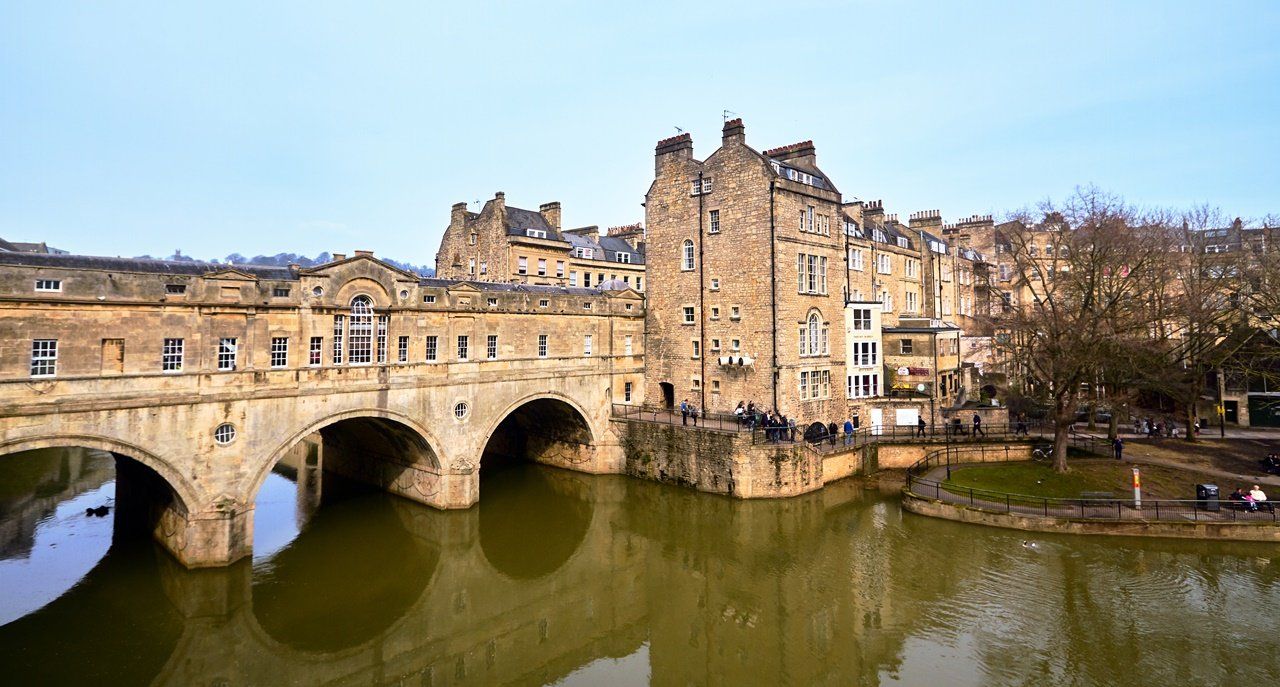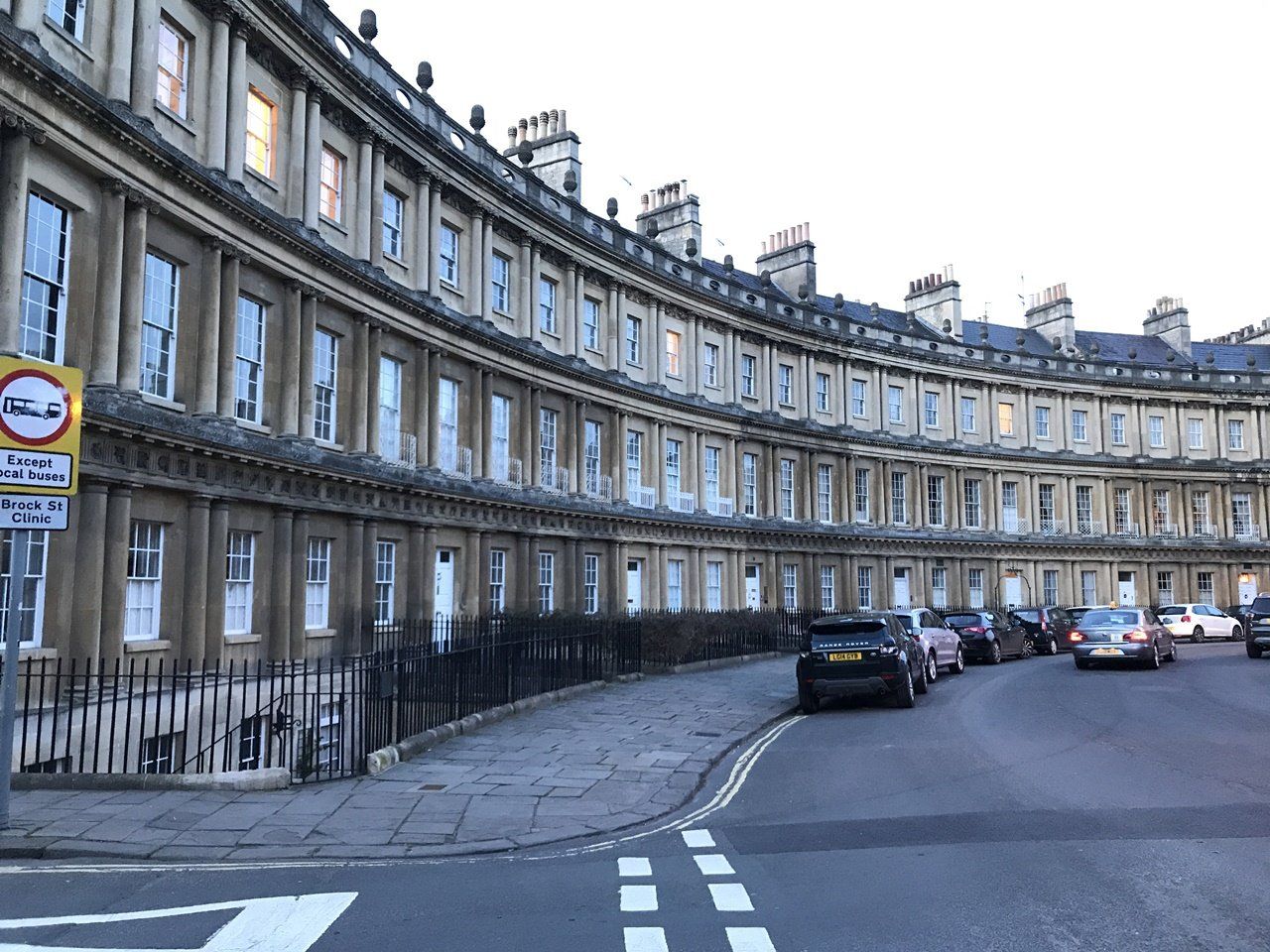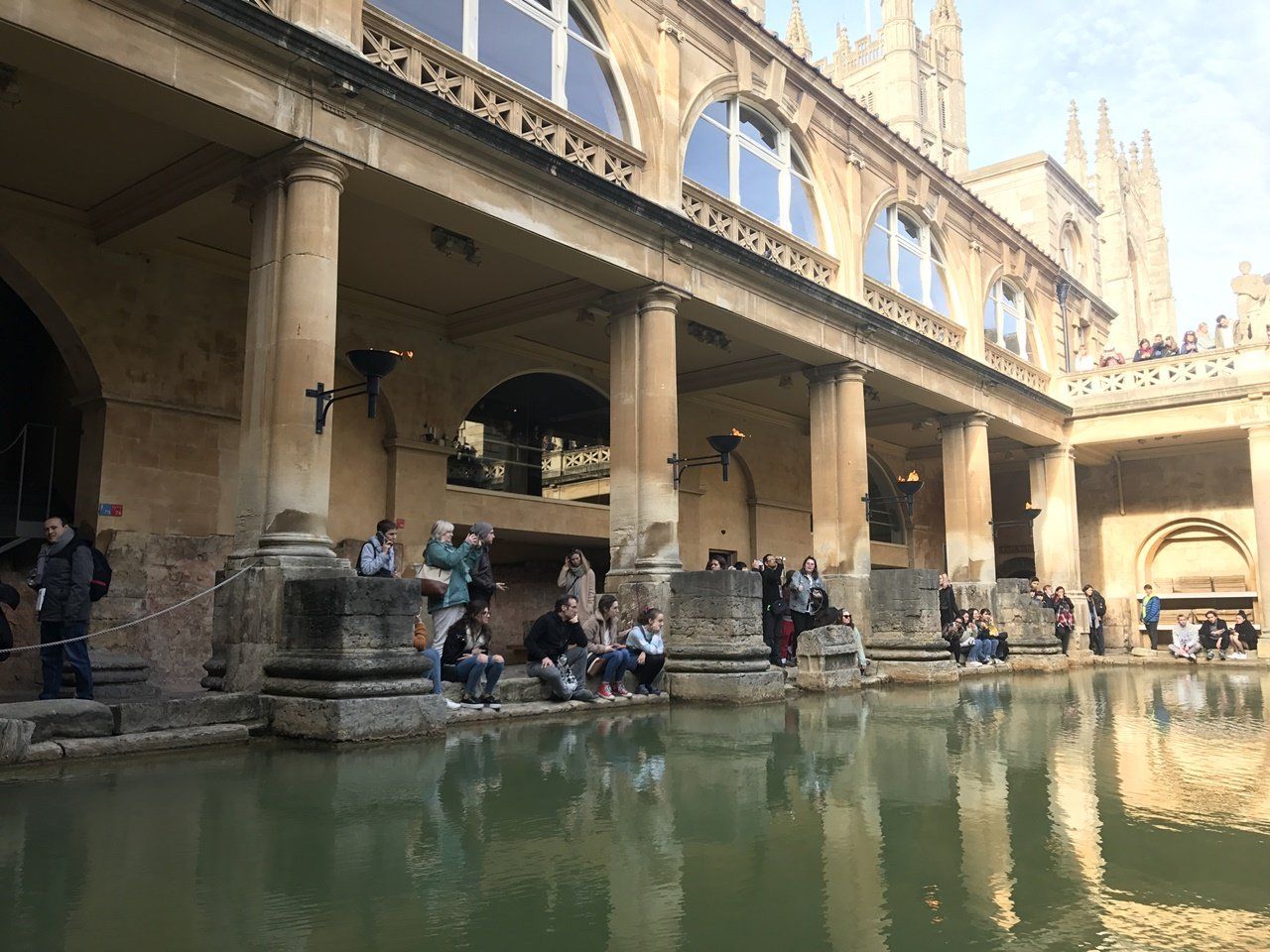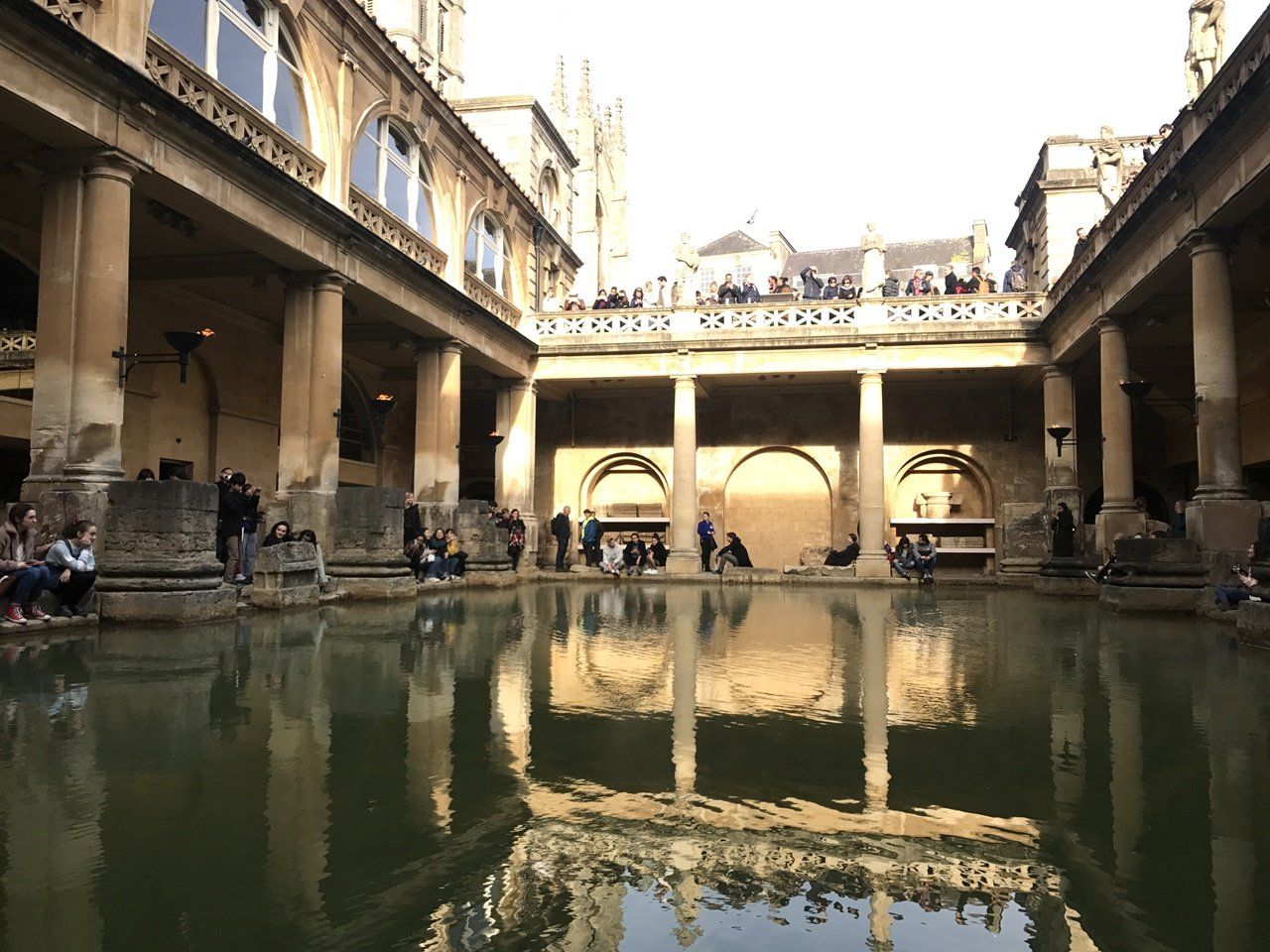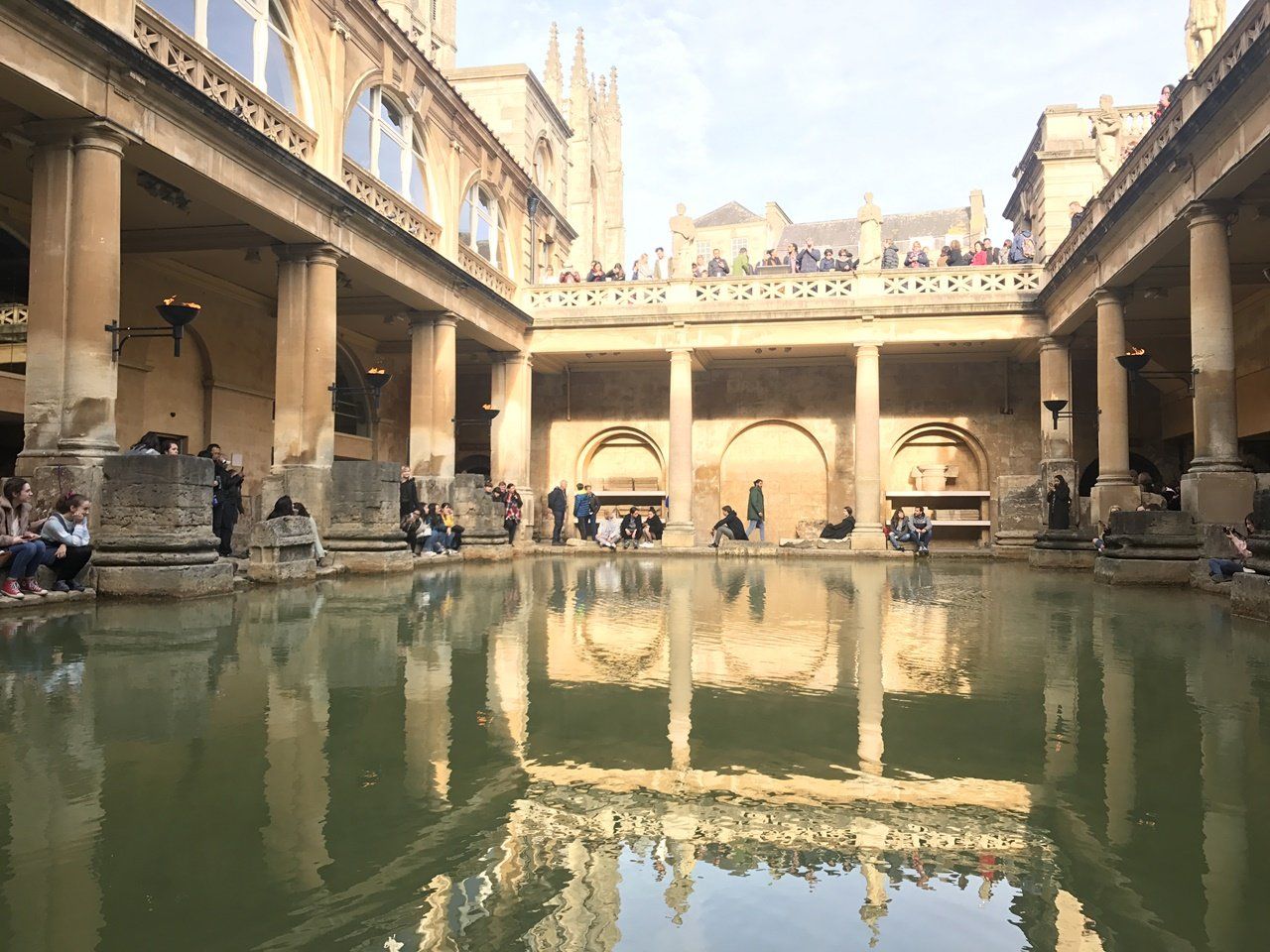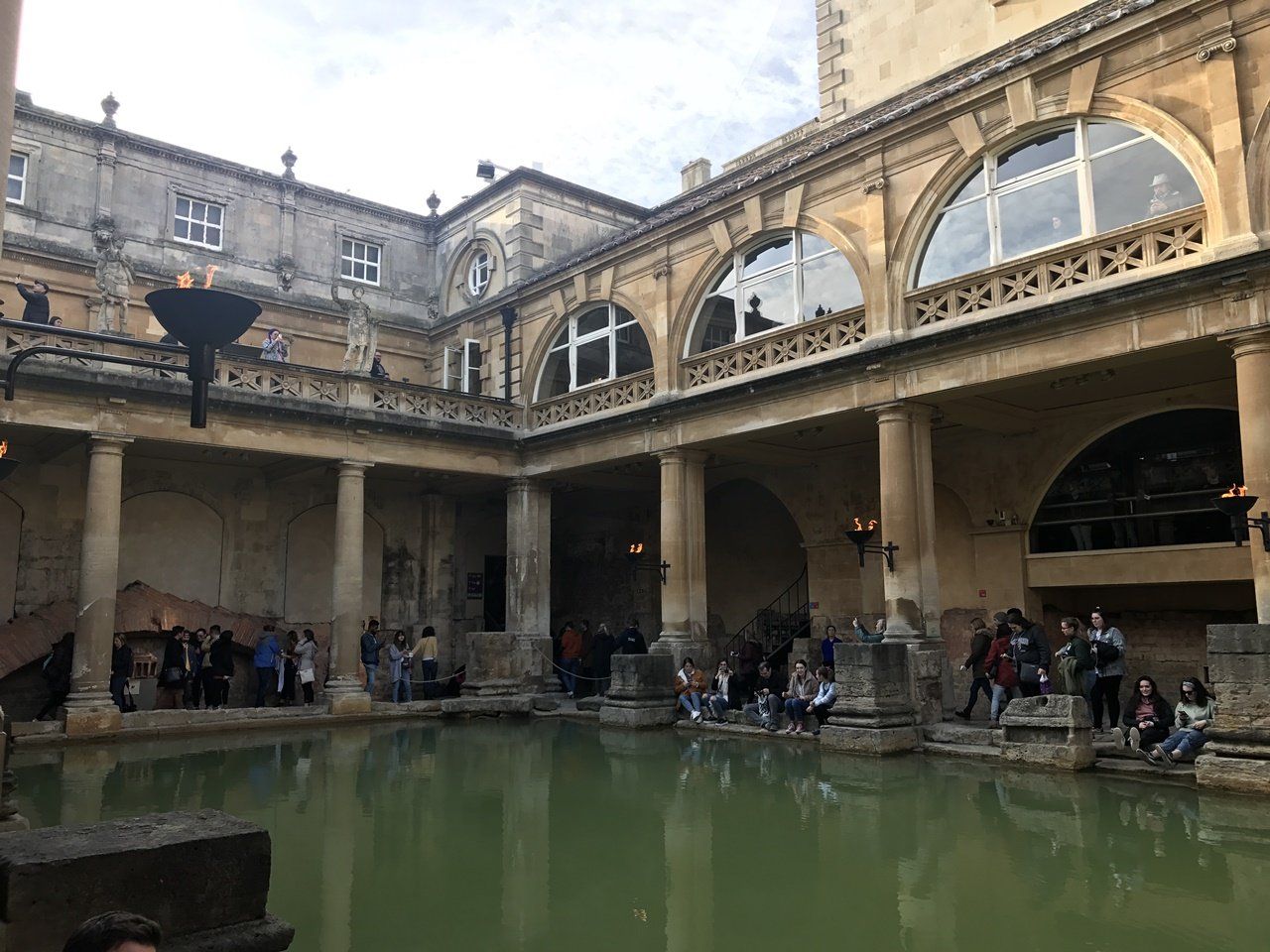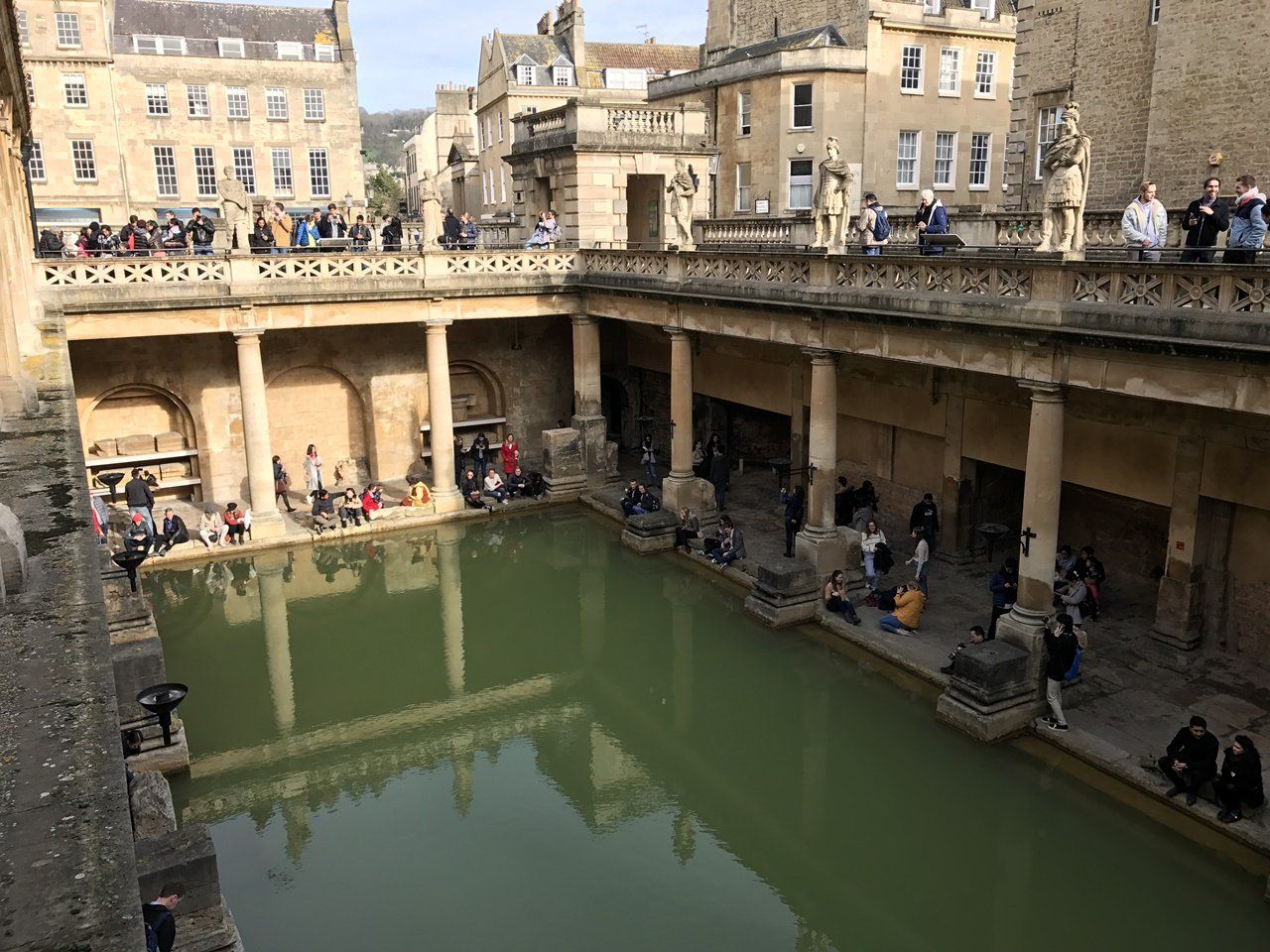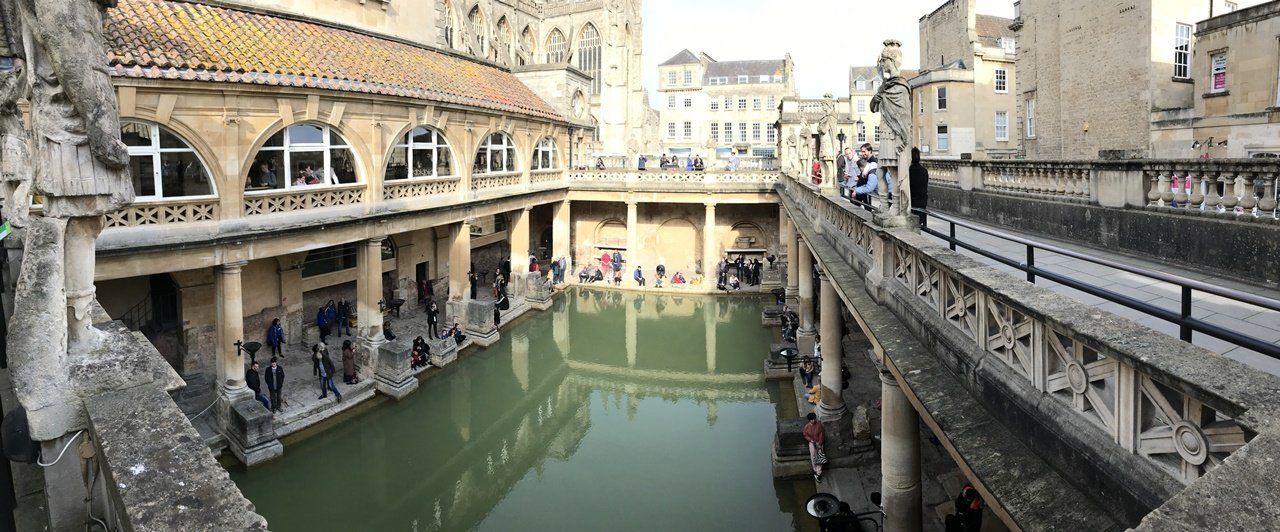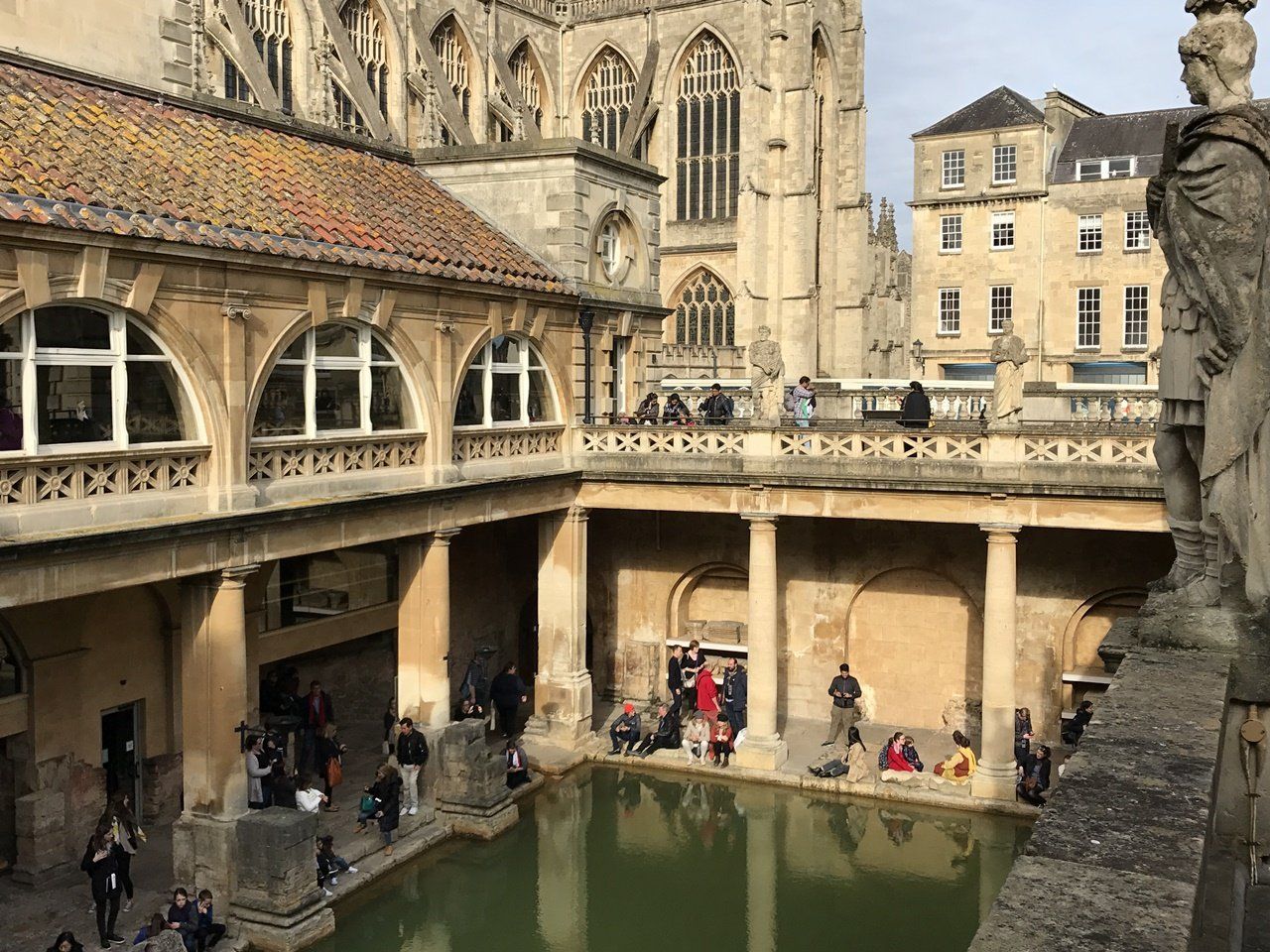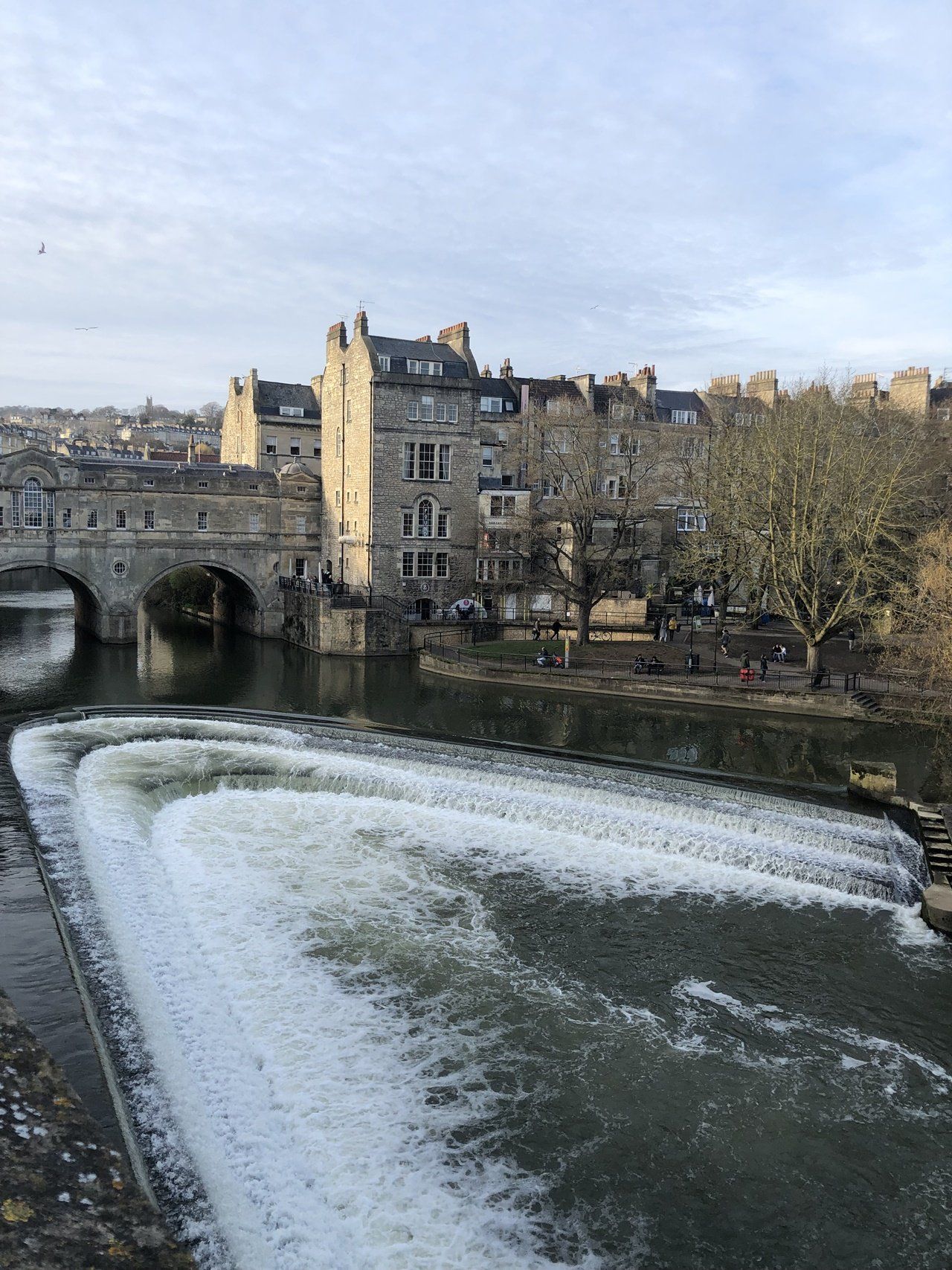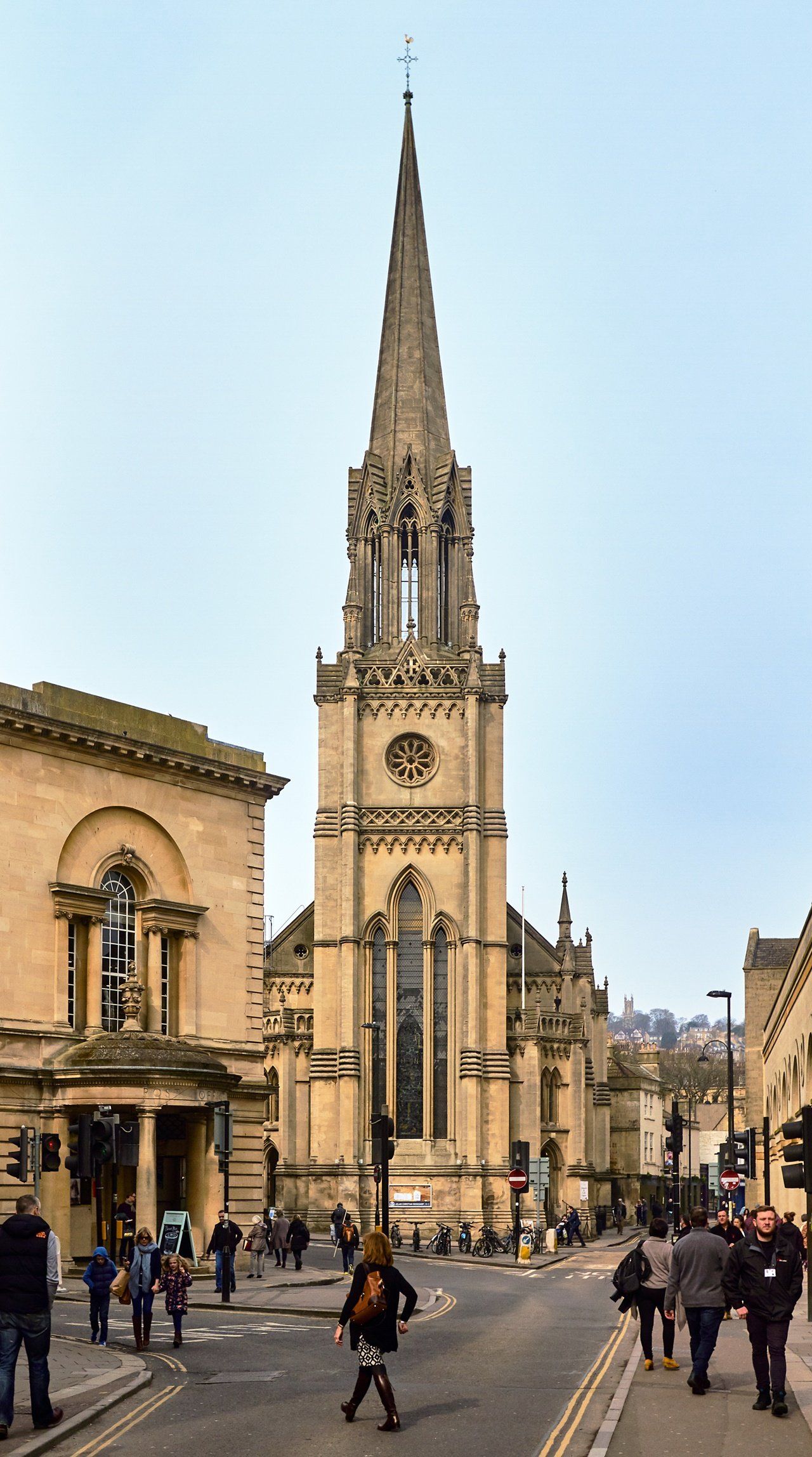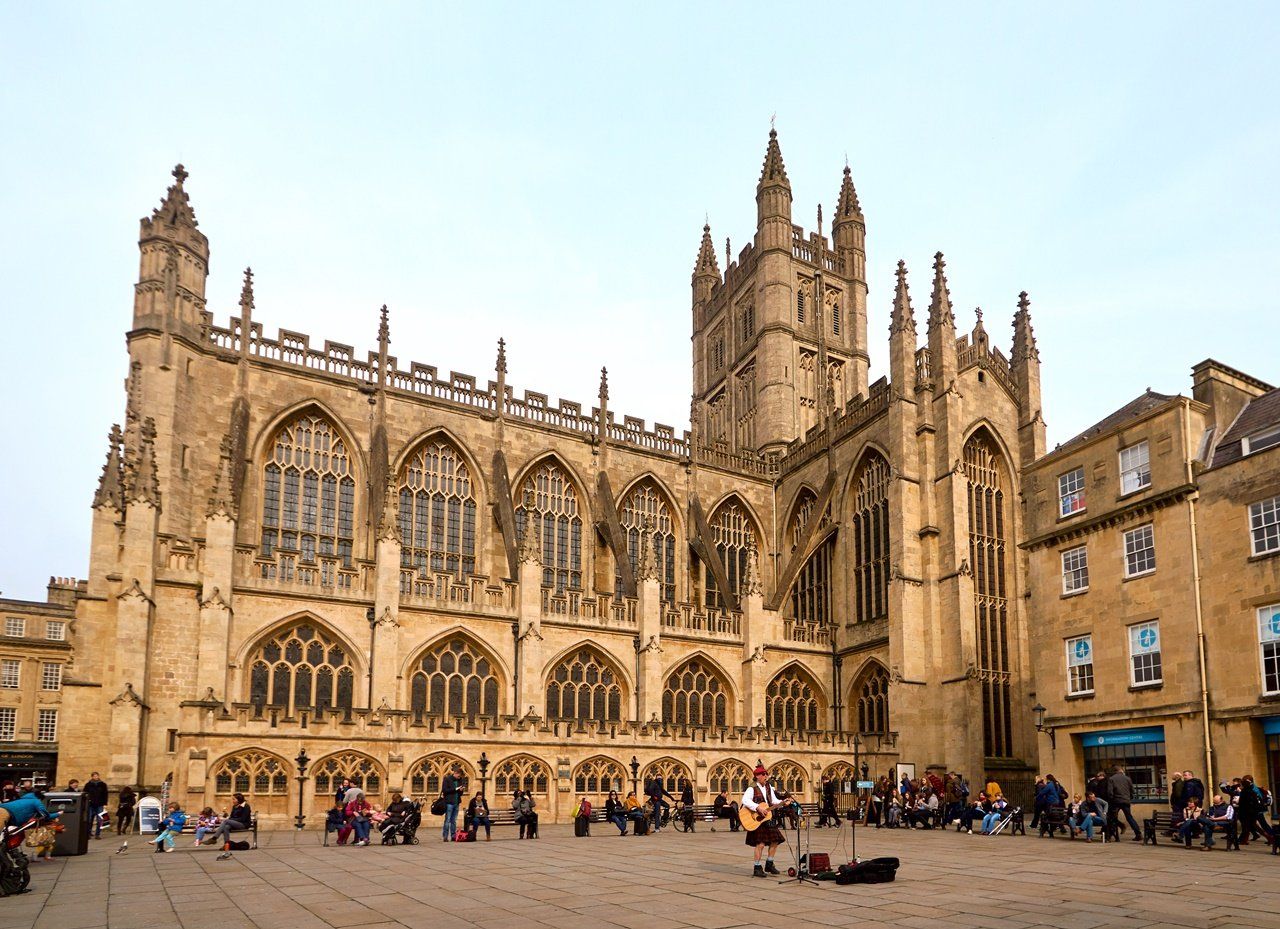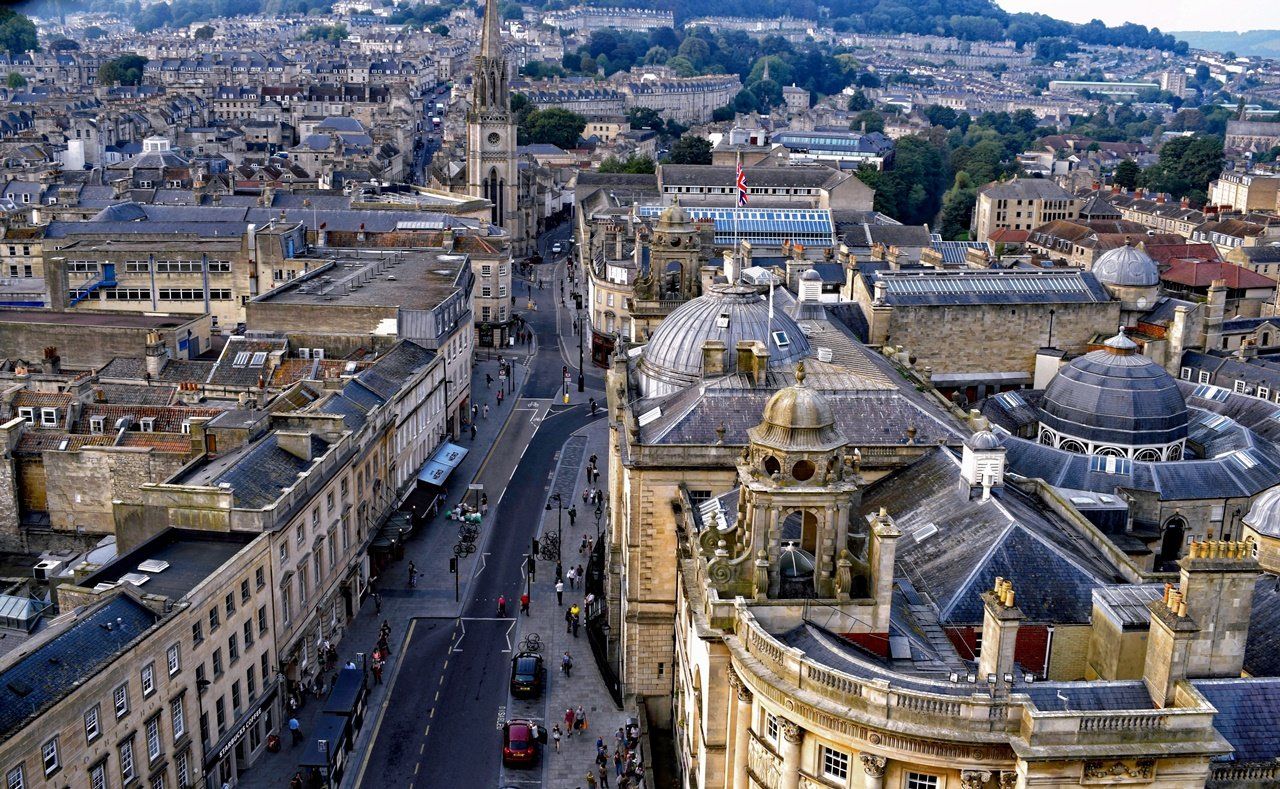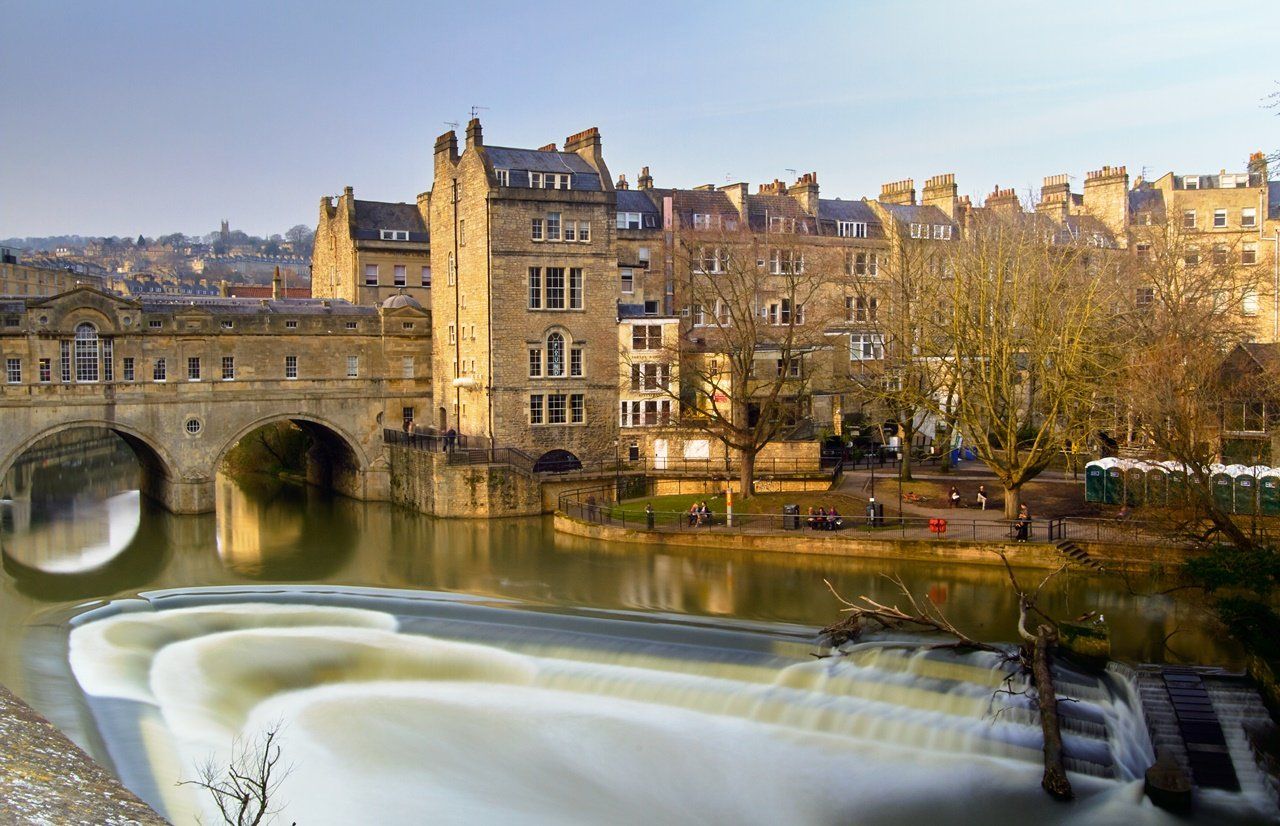Bath
The city of Bath is described as one of the most magnificent places to visit in England and the beautiful countryside surrounding it. The town of Bath is a fabulous city to visit in the South West of England. The bath was founded in the Middle Ages by the Romans as a thermal spa and became an important wool industry centre. It became an elegant city with neoclassical buildings in the Palladian period in the 18th century under George III and harmoniously blended with Roman Baths. Bath is the real turning point–it just can lift your spirits by walking along its World Heritage streets. Georgian architecture is photogenic and warm, sunny, with sweeping crescents and terraced Circus turning your head. The most significant attraction, the Roman Baths, cleverly exploit the ancient foundations of the city, while the words of Jane Austen, a former resident, shed new life on history. Bath is also a great student-friendly city; it is a safe and not too large city to get around easily. Bath has the most beautiful and vibrant city of England, famous for its honey-coloured Georgian crescents, paved streets, outdoor coffee bars and lively bars. Sure, it's the perfect place for learning and being inspired. There are so many things to see and do, from museums, galleries and theatres to bars, restaurants and clubs. The town has a large population of international students, with two universities, and something always happens for young people. A semi-circular terrace with 30 houses overlooking Royal Victoria Park, the Royal Crescent is the crowning glory of Georgian Bath. The Grade II listed terrace is the most important Georgian street in Britain and was designed by John Wood the Younger between 1767 and 1774. No two houses have the same inside, notwithstanding the symmetry of Palladian columns and porticos. Built for relaxation and pleasure, since Roman times the lovely Bath was a wellness destination. Both in the ancient Roman Baths and in the modern Thermae Bath Spa are the waters still a major attraction, home to the only natural thermal springs in England that can be washed in. Bath and its magnificent surrounding countryside are plenty of fantastic places to visit in the impressive Stonehenge from the stately homes and gardens. The city of Bath offers a wide selection of restaurants, independent shops, businesses, theatre, pubs and numerous tours to the city, which are extremely easy to navigate on foot. You won't have to look far to find things to do in Bath, because the city is famous for being full of sights and events. Bath has not changed a great deal in many ways since the times of Georgian gentleman Ralph Allen and writer Jane Austen, who were both built for pleasure under the spell of this town.
You can do it in Bath whatever you like while enjoying the signature gourmet feasts in Bath. Explore time and visit the only UNESCO World Heritage Site in the United Kingdom. In just a few steps you will travel centuries. To see how our former people liked to relax, visit the Roman Baths from AD43. Walk through one of Austen's classic pages while you walk past the royal crescent and the circuit's architectural masterpieces or celebrate Bath's best-known resident at Jane Austen Centre. Bath also provides the ideal basis for exploring local sites such as Lacock and the mysterious megaliths of the photogenic village of Stonehenge. Today Bath remains a wellness centre, with a modern, multi-level thermal spa which enjoys rich mineral waters through its underground vein. Such a lovely environment attracts creativity, and there are a wealth of independent shops, markets and restaurants. Bath is full of semi-rural farms, handmade coffee shops, vegan and vegetarian bistros, contemporary brasseries and gourmet restaurants. There are much quality produce available in the countryside around it. Indeed, it is one of the leafiest cities in Britain, surrounded by wooded slopes and divided between the Avon River and the Kennet & Avon Canals. The city is small, but it offers great things to do for your activities in UNESCO's heritage site. We shall commence our exploration Abbey Churchyard and The pump room. You will have no time to go to the Roman Baths when you hurry, but you can spend about 5 minutes listening to the music in the live salon, sipping a cup of water pumped up from the spring, within the pump room. Guildhall Market and the world-famous Pulteney Bridge with its elegant horseshoe-shaped wear. Enjoy a couple of minutes the splendid views over the bridge and weir; the river extends to your right, the hills far away.
Sham Castle on the hill (a crazy facade), and Prior Park, once home to Bath entrepreneur Ralph Allen will be seen from this spot. Time to admire the front of the original Georgian building, bolted by the Victorians that’s Theatre Royal we are talking about. The Circus is the masterpiece that you enjoy the frieze of 528 sculpted symbols, each different, running around the curved terraces. Count the bellies at the top of the parapets and see if 108 are still available. This is the entire masterpiece of John Wood which he designed and completed in 1754 by his son. Finally, the beautiful Royal Crescent which was developed by John Wood the Younger as lodging for gentry visits to Bath in 1767. It was then in the centre of the agricultural land and had beautiful views of the hills and the Avon valley. This picture now offers fans of gas holder design and housing layout additional interest, but the spectacular views of the Crescent itself are still quietly green. Finally, The City of Bath has a long, colourful history with many renowned visitors and residents, and Bath is one of Europe's most popular cities. Bath is simply a fabulous adventure, the world heritage town. You could not choose a better spot to visit than Bath, vibrant, inspiring and incredibly beautiful. Just join one of our tours to explore this Roman city. You can’t wait for that, and we know this.


